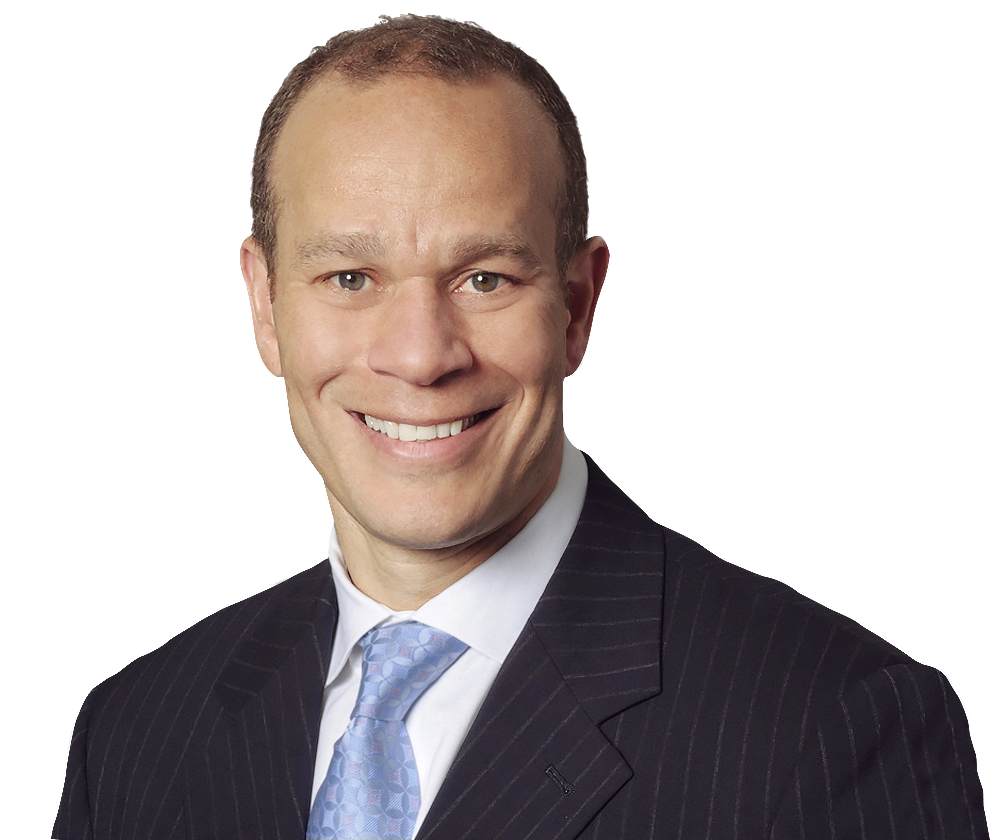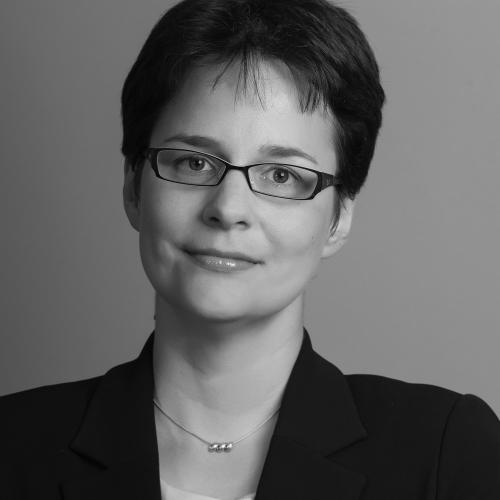We spoke to ESG professionals at two law firms to see how they're handling the increasing demand from clients and investors to address these concerns
In late April, about one-quarter of European investment funds classified themselves as “sustainable” as investors’ demand for adherence to environmental, social, and corporate governance (ESG) concerns soars. Although demand for ESG-compliant investment products is surging, confusion over what it means in practice has spurred European policymakers to define standards and terms for transparency.
The spillover effect of this demand is impacting law firms too. According to Thomson Reuters data, 42% of its Large Law clients have ESG practices, including Freshfields and Herbert Smith Freehills (HSF). We sat down with leaders of these two firms’ ESG practices to discuss the current realities of advising clients in an emerging area of law that remains complex.
Timothy A. Wilkins, Freshfields’ global partner for client sustainability, and Oliver Dudok van Heel, who also manages the firm’s strategy to reduce the firm’s environmental footprint, work together to advise the firm’s clients on ESG issues.
HSF also works multilaterally, and Silke Goldberg, partner and chair of the firm’s global ESG practice advises clients on clean energy projects and on issues pertaining to projects around carbon credits, trading, permit and capture, as well as sustainability disclosures and development of a sustainability strategy. HSF’s pillars of its ESG practice are around “climate change, business and human rights, responsible investment, green/sustainable finance, and good governance,” says Goldberg, who is also one of multiple leaders working internally on ESG.
Balancing the need for flexibility in definition
One of the key challenges for corporations — and for the law firms that advise them — is the varying definitions and frameworks of ESG. These definitions are not well classified, and according to Goldberg’s count, there are more than 20 different standards. “If you know what the standard is and companies can comply with that, then it closes down the risk of allegations in greenwashing,” she adds. “Greenwashing” is a term used to describe when an organization conveys the false impression about how its operations and products are environmentally friendly, contrary to reality. To help bring transparency to ESG compliance, Goldberg says she believes that the European Union’s taxonomy, which was rolled out earlier this year, will serve as the foundation for other approaches because it is the first worldwide legally binding standard.

Freshfields’ Wilkins agrees, explaining that “Freshfields structured its sustainability practice to advice clients on four key areas which [the firm] sees as strategic priorities” and to which the firm “brings particular technical legal know-how of the laws and regulations.” Those areas include:
-
-
- Climate change — This covers how a company prepares for the changing climate in terms of its own operations and how it discloses to investors the methods the company is using to mitigate current and future risks.
- Sustainable finance — This area covers how companies raise the funds required to achieve the transition to a sustainable and low-carbon future.
- Human rights — This area covers how a company evaluates and discloses information on its operations and supply chains in order to comply with country-specific laws, such as the U.K.’s Modern Slavery Act, as well as investor and customer expectations.
- Corporate governance — This deals with the manner in which companies assess how strategic decisions are made and what governance systems are in place to support the sustainability transition and how this is communicated to regulators and investors.
-
Defining and reporting as a “responsible business”
Internally, both firms have undertaken their own efforts to codify their individual firm-wide ESG initiatives. For Freshfields, two key driving factors have been the increase in attention on ESG, based on feedback the firm received from entry-level candidates and the firm’s clients, which increasingly have been asking law firms to provide their own ESG credentials through request for proposals (RFPs).
Freshfields, for example, has already reduced its environmental footprint over the last four years, focusing on travel, office energy, and paper. It has new targets for eliminating single-use plastic by 2021, reducing travel by another 30% and paper by an additional 40% by 2025. Also, the firm plans to commit both to renewable energy supply by 2030 through the RE100 initiative and to set science-based targets to reduce its carbon footprint.

Challenges remain in balancing the promise of sustainability, including the desire to contribute to a sustainable future and the need to generate revenue as an organization, says Dudok van Heel, of Freshfields. “As lawyers we have a responsibility to represent and support our clients irrespective of what kind of industry they might be in, and we take this responsibility very seriously,” he adds. “But doing this well also means working with them to ensure that they improve their own processes and strategic focus, becoming more resilient to sustainability risk.”
Freshfields is committed to collaboration in order to broaden its impact, Dudok van Heel continues. “Part of the way we’ve decided to structure our work is to include non-transaction mandates, where we work closely with clients, government organizations, think tanks, and NGOs to solve sustainability challenges.” For example, the firm supports the United Nations in defining sustainable investment criteria and has crated a multi-stakeholder collaboration to help the City of New York make the transition to the Circular Economy.
Another key challenge is the many different facets of ESG, according to HSF’s Goldberg. Because of its multidisciplinary nature, having one person in charge of ESG is not realistic, she explains, and this is why HSF has a whole leadership team covering different geographies and pillars. Indeed, ESG as a multifaceted practice and that is a great metaphor for the “law firm of the future, working as a multidisciplinary and multijurisdictional organization,” she adds.







